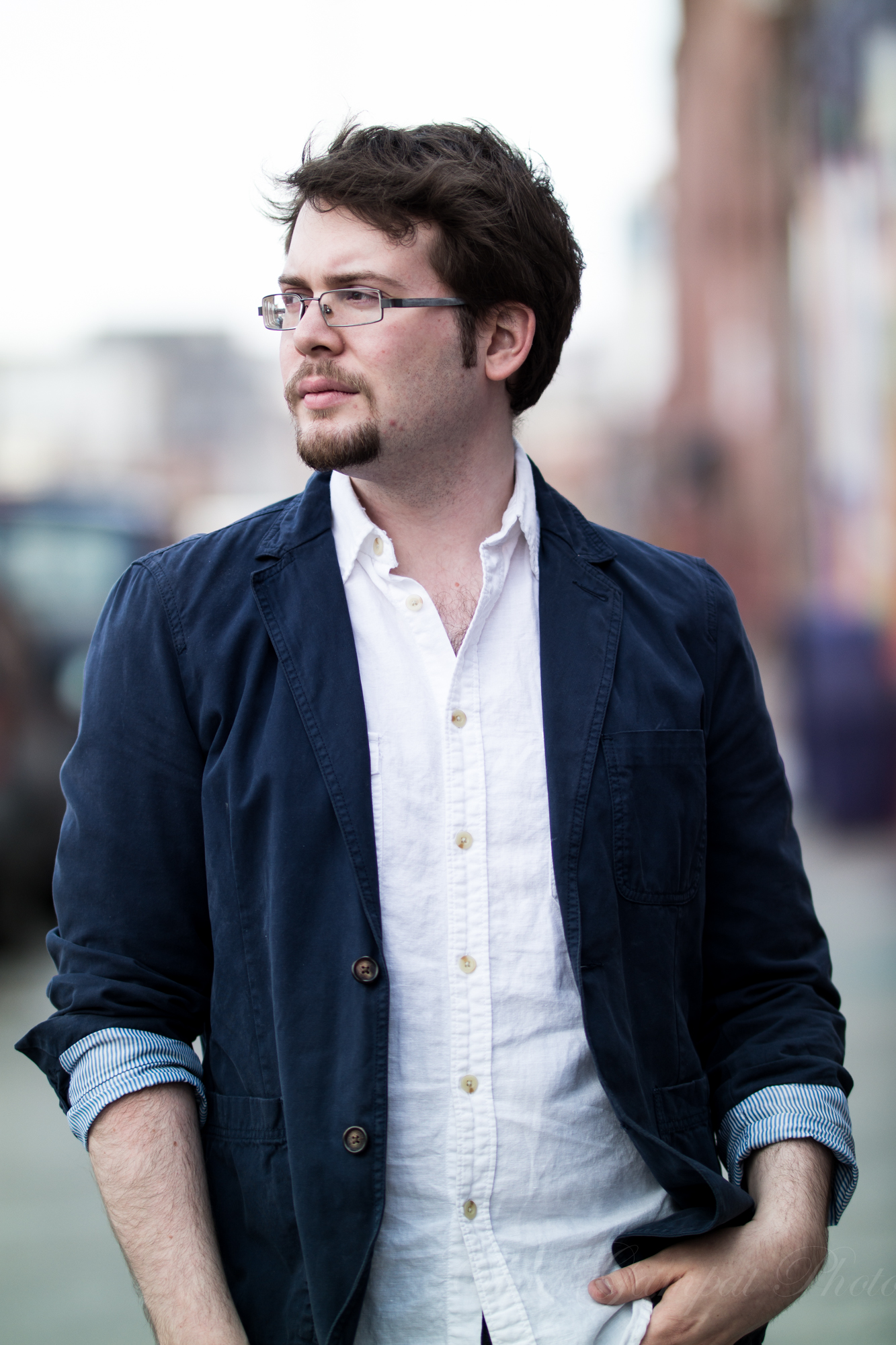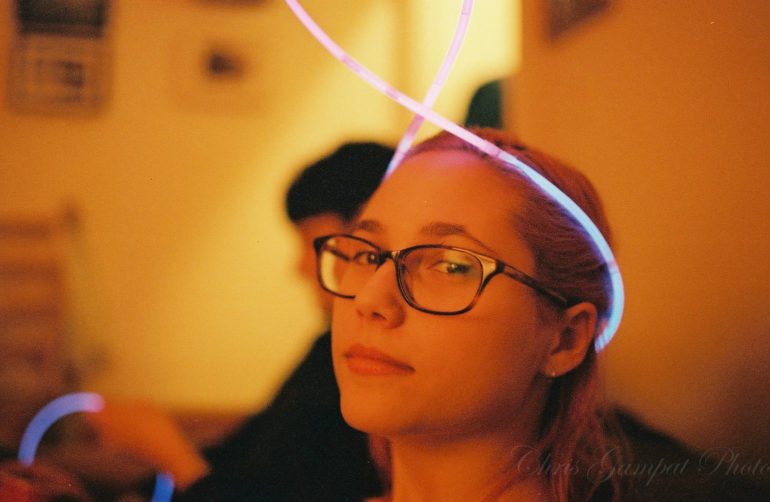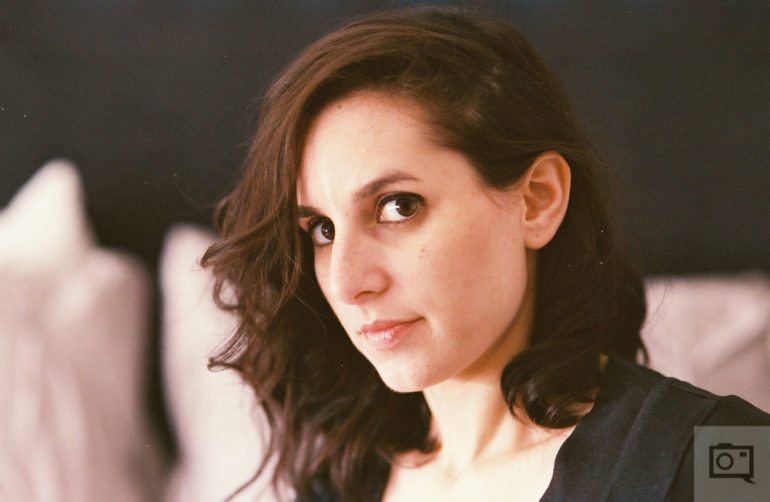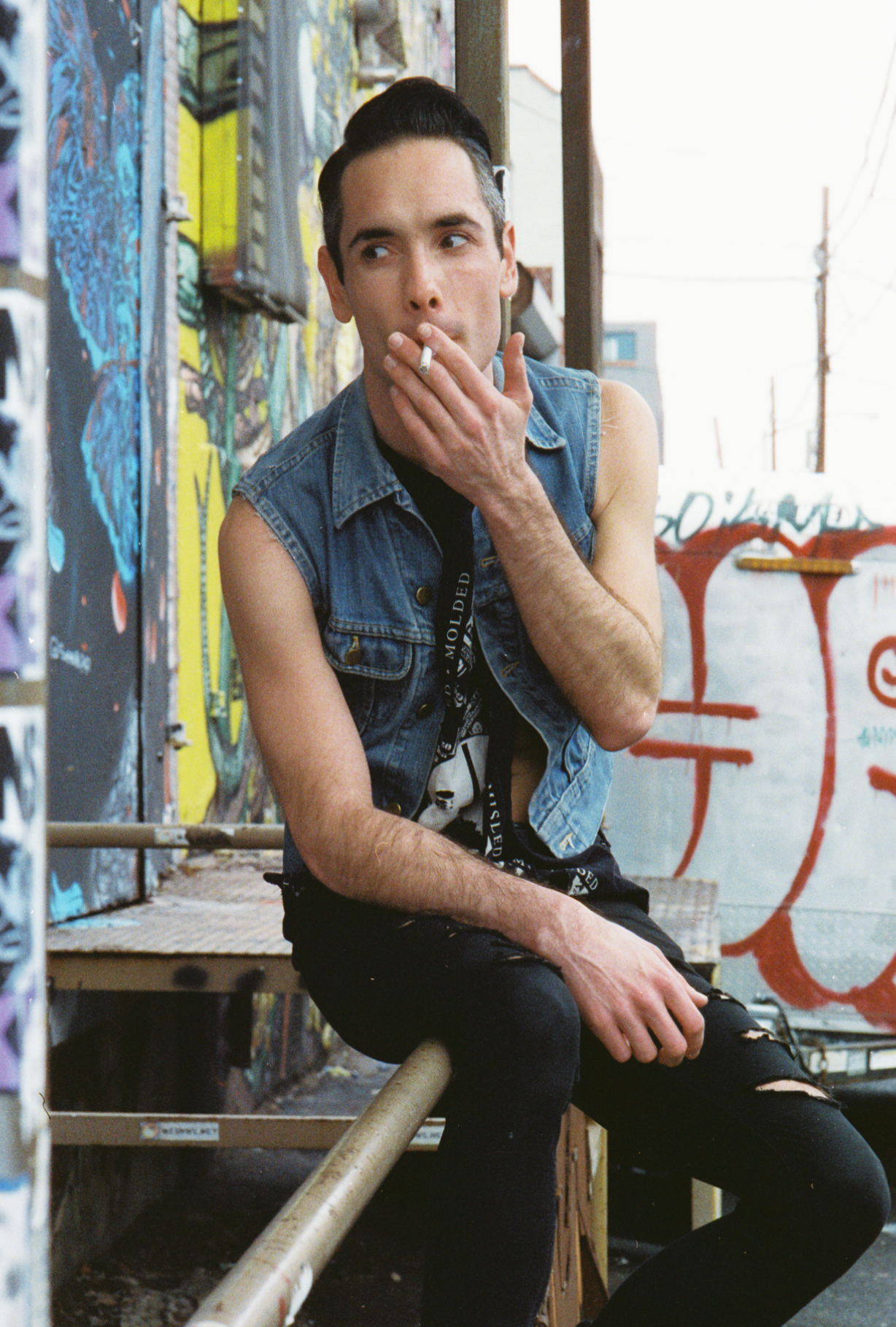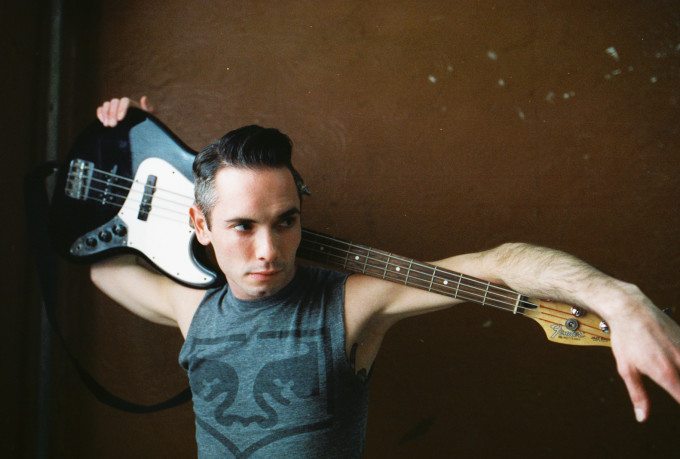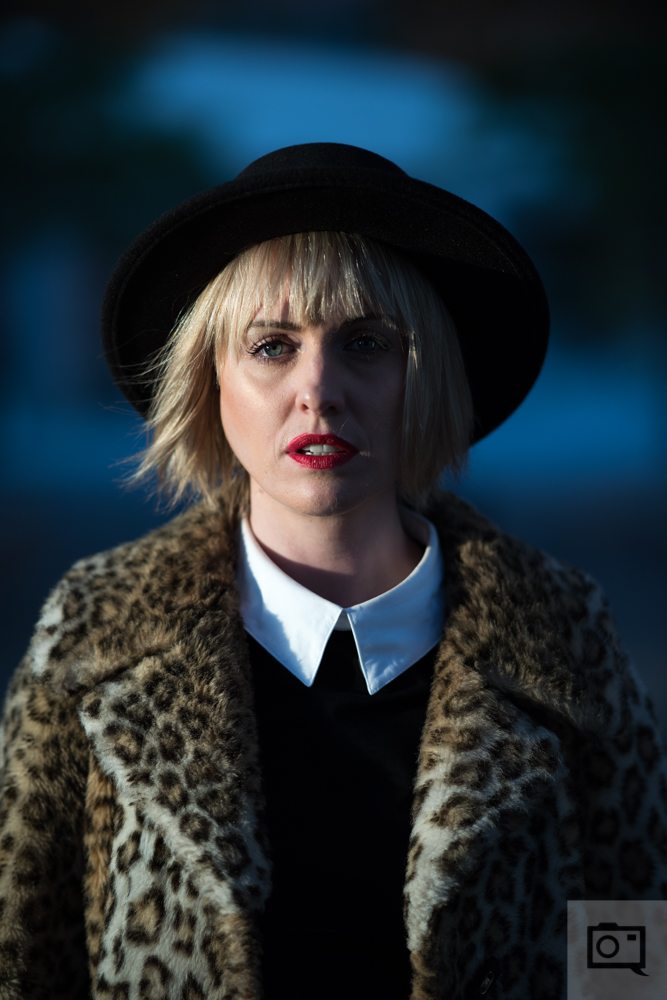Quite obviously, the best way to create an image that looks like film is to shoot film to start out with; but if you don’t have a film camera or aren’t ready to take that dip yet, there is a basic fundamental principle that you should know. Lots of photographers go out there and create images that they state and truly believe looks like film. But indeed, it really doesn’t. The reason for this is because most photographers don’t understand how film works when it comes to one of the biggest parameters out there: colors.
The Key is In the White Balance
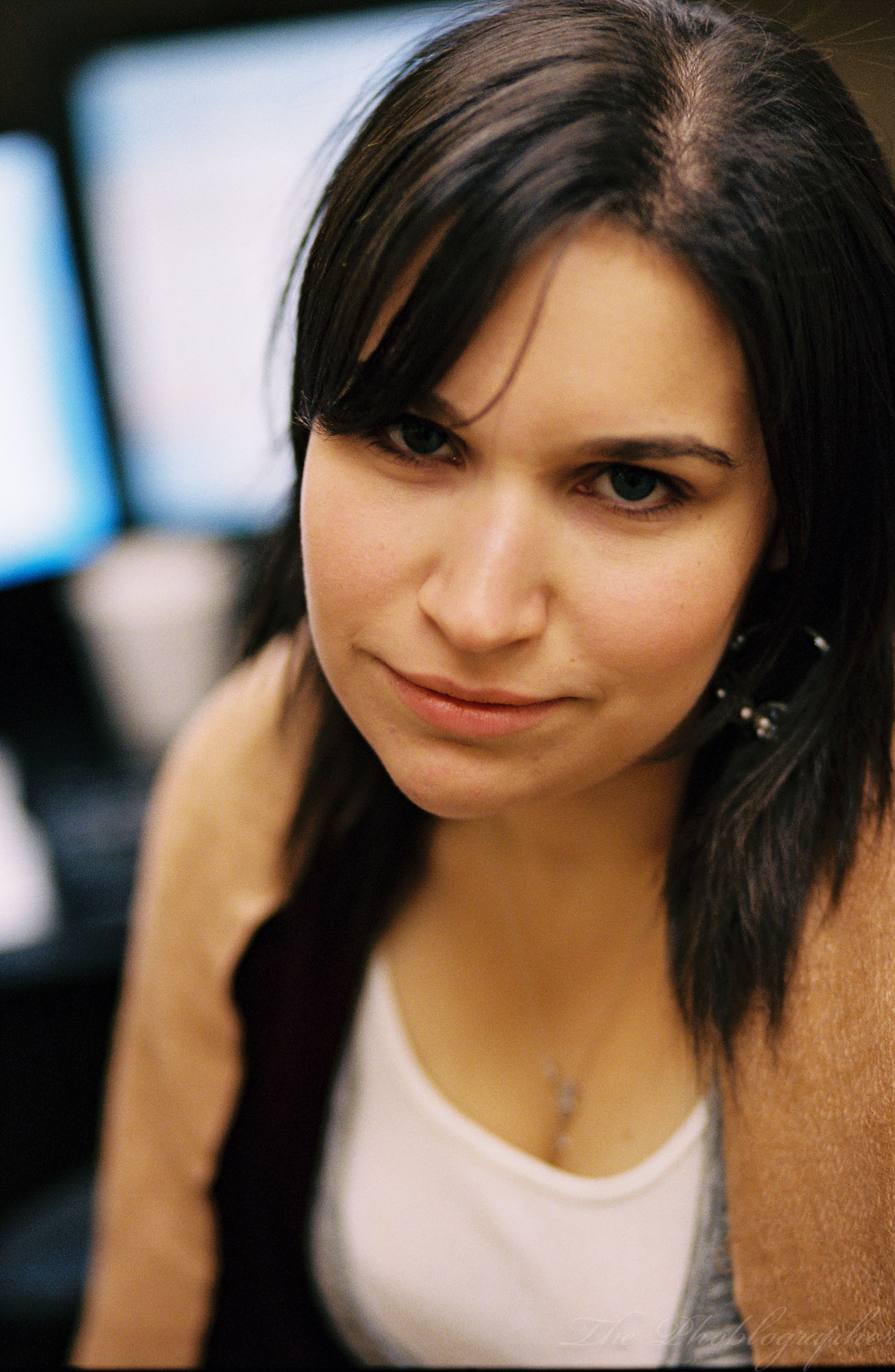
The above photo was shot indoors–and if I didn’t have a flash to deliver Daylight color light, then it wouldn’t look like that.
Here’s daylight balanced film shot indoors. See how different it looks?
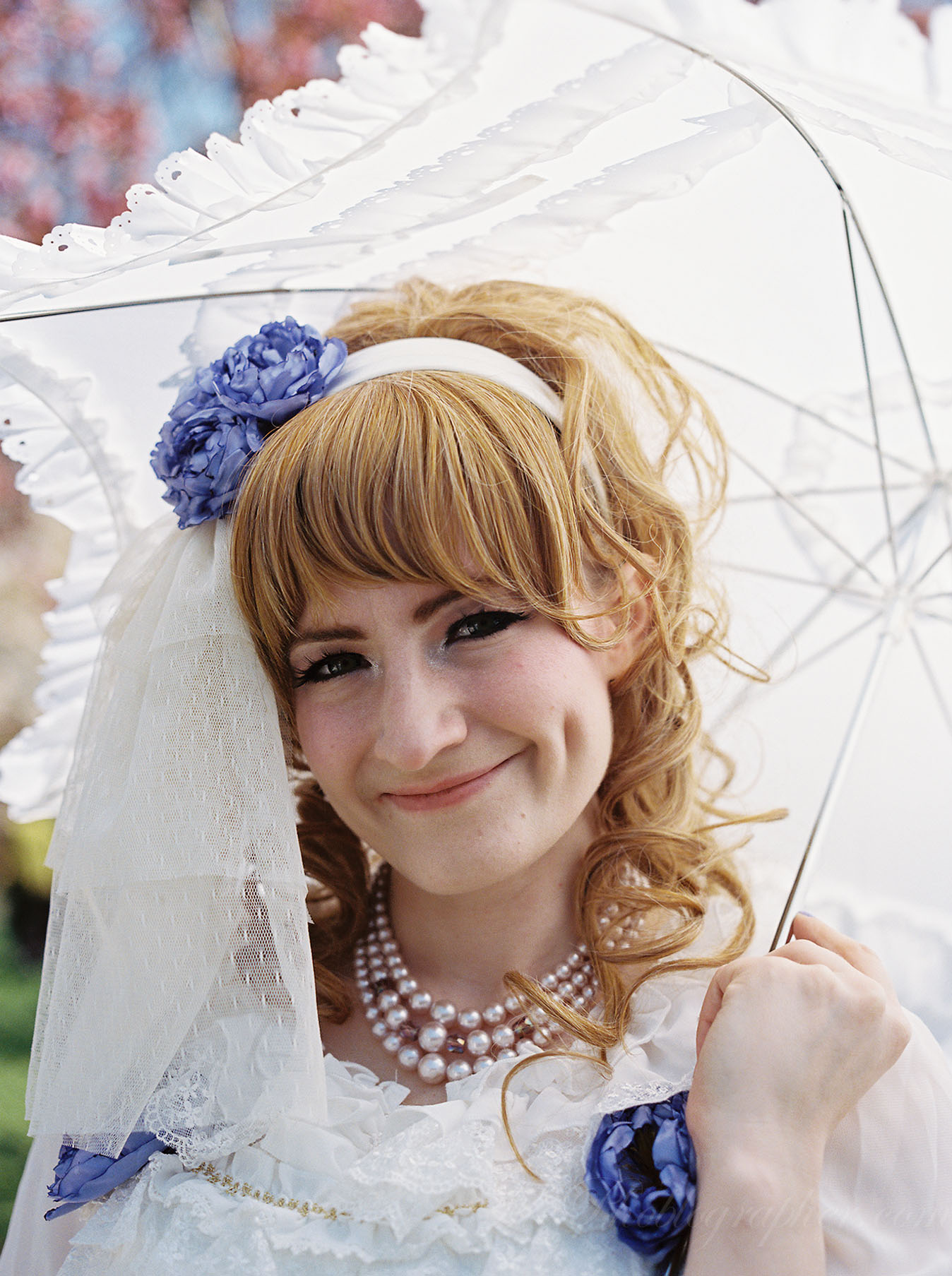
Here’s tungsten film shot indoors with daylight coming through a window. Obviously the color isn’t perfect, but if the daylight were completely cut out, it would be a different story.
On a cloudy day outside though, and with Tungsten film you can get a very different and absolutely beautiful look.
The same goes for being inside with some orange and red to provide balance.
You see, during the daytime outside, Tungsten film will look extremely blue. But at night, it will be more normalized in many situations. For daylight balanced film, the film will look fine during the daytime outdoors. Inside though, it’s going to change.
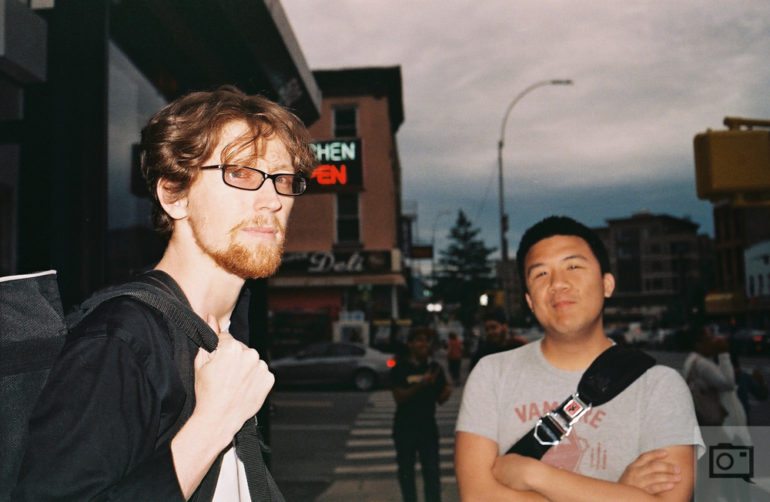
Shooting the Images
So what can you do? For starters, balance your camera to always shoot in either Daylight or Tungsten. No flash mode, no fluorescent, no cloudy, etc. The camera can surely do this to help you get more pleasing colors that you like. But to really get a film-like look without all those colored lens filters (or gels) that you’d need otherwise just work with those two white balance settings. Also find a way to lower the contrast in your images.
This is how your images will truly look like film. Otherwise, you can simply go right ahead and just shoot film.


